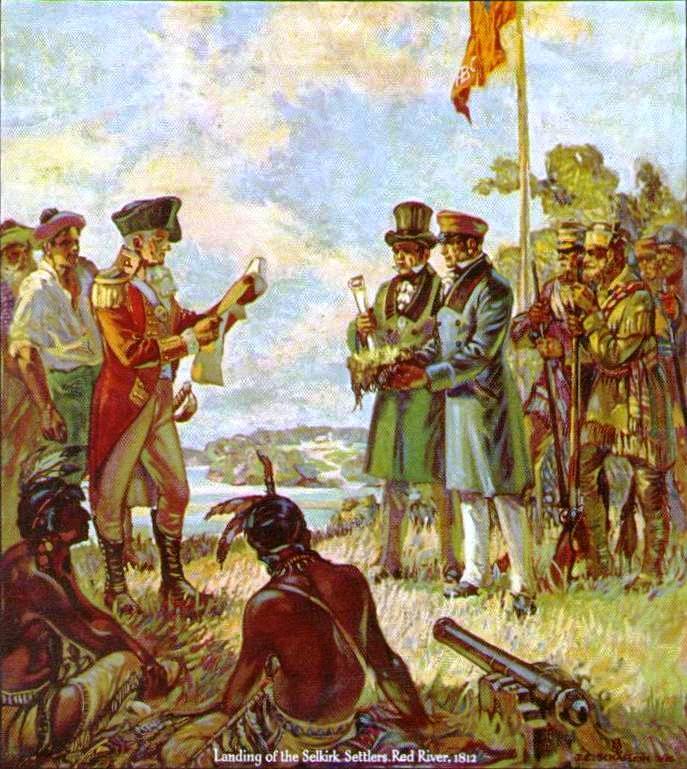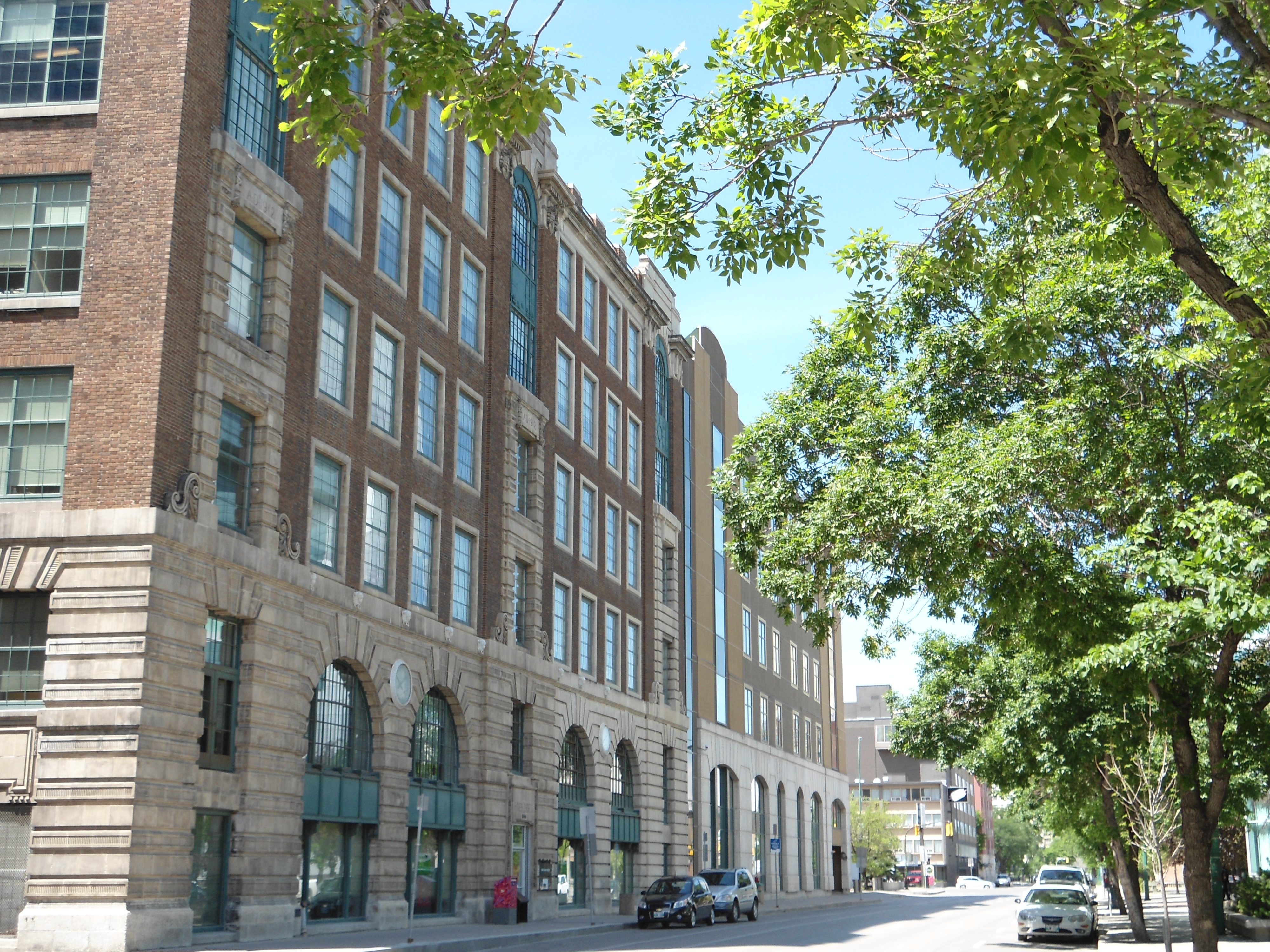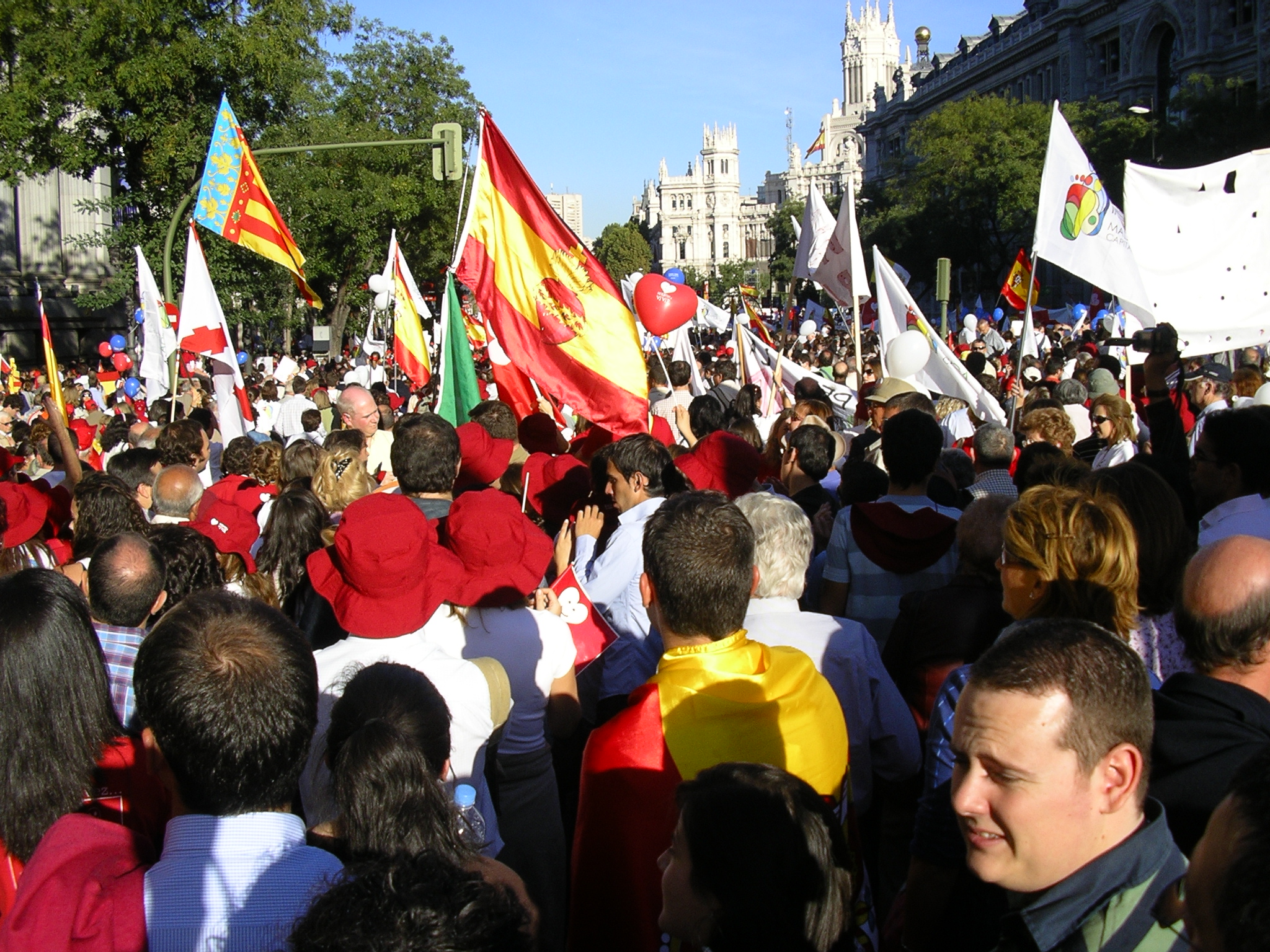|
1988 Manitoba General Election
The 1988 Manitoba general election was held on April 26, 1988 to elect Members of the Legislative Assembly of the Province of Manitoba, Canada. It resulted in a minority government. The Progressive Conservative Party won 25 seats, against 20 for the Liberal Party and 12 for the New Democratic Party. Background The election was called unexpectedly in early 1988, after disgruntled NDP backbencher Jim Walding voted against his government's budget on March 9, 1988. With former cabinet minister Laurent Desjardins having essentially abandoned his seat earlier in the year, the Legislative Assembly was almost evenly divided. Walding's defection thus resulted in Howard Pawley's NDP government being defeated, 28 votes to 27. As the budget vote was a confidence measure, the Pawley ministry was forced to resign and call new elections two years ahead of schedule. Popular support for the NDP was at an historically low level when the election was called, due to soaring Autopac rates and a ... [...More Info...] [...Related Items...] OR: [Wikipedia] [Google] [Baidu] |
Legislative Assembly Of Manitoba
The Legislative Assembly of Manitoba (french: Assemblée législative du Manitoba) is the deliberative assembly of the Manitoba Legislature in the Canadian province of Manitoba. Fifty-seven members are elected to this assembly at provincial general elections, all in single-member constituencies with first-past-the-post voting. Bills passed by the Legislative Assembly are given royal assent by the King of Canada in Right of Manitoba, represented by the Lieutenant Governor of Manitoba. The Manitoba Legislative Building is located in central Winnipeg. The Premier of Manitoba is Heather Stefanson and the current Speaker of the Legislative Assembly of Manitoba is Myrna Driedger; both of whom belong to the Progressive Conservative Party. Historically, the Legislature of Manitoba had another chamber, the Legislative Council of Manitoba, but this was abolished in 1876, just six years after the province was formed. Current members * Members in bold are in the Cabinet of Manitoba * ... [...More Info...] [...Related Items...] OR: [Wikipedia] [Google] [Baidu] |
Jim Walding
Derek James Walding (May 9, 1937 – April 23, 2007) was a politician in Manitoba, Canada. He was a member of the Legislative Assembly of Manitoba from 1971 to 1988 and served as speaker of the assembly from 1982 to 1986. Walding was a member of the New Democratic Party of Manitoba (NDP). In 1988, he brought down the NDP government of Howard Pawley by voting against his party's budget. That was the first time in Canadian history that a majority government was defeated by a vote of one of its own party members. Early life and career Walding was born at Rushden, Northamptonshire, England, and was educated at Wellingborough Grammar School. He spent three years with the Royal Inniskilling Fusiliers, including a stint in West Berlin. He moved to Canada in 1961 and worked in Winnipeg as a dispensing optician and contact lens fitter. Walding had supported the Labour Party in Britain. In 1963, joined the similar New Democratic Party in Canada and served on the party's provincial execu ... [...More Info...] [...Related Items...] OR: [Wikipedia] [Google] [Baidu] |
1953 Manitoba General Election
The 1953 Manitoba general election was held on June 8, 1953 to elect Members of the Legislative Assembly of the Province of Manitoba, Canada. The election produced a majority government for the Liberal-Progressive party led by Douglas Campbell. His party won thirty-two of fifty-seven seats although with but 39 percent of the vote overall. To date this is the last election in which the Liberal Party won a majority of seats in Manitoba. This was the first election held in Manitoba after the breakup of a ten-year coalition government led by the Liberal-Progressives and Progressive Conservatives. The coalition, which began in 1940, was ended in 1950 when the Progressive Conservatives crossed to the opposition side. Prior to the 1949 election, Winnipeg's single at-large 10-member district was broken up into three four-member districts. The new districts were named Winnipeg Centre, Winnipeg North and Winnipeg South, to elect four members each, through STV. St. Boniface elected two ... [...More Info...] [...Related Items...] OR: [Wikipedia] [Google] [Baidu] |
Selkirk, Manitoba
Selkirk is a city in the western Canadian province of Manitoba, located on the Red River about northeast of the provincial capital Winnipeg. It has a population of 10,504 as of the 2021 census. The mainstays of the local economy are tourism, a steel mill, and a psychiatric hospital. A vertical lift bridge over the Red River connects Selkirk with the smaller town of East Selkirk. The city is connected to Winnipeg via Highway 9 and is served by the Canadian Pacific Railway. The city was named in honour of Scotsman Thomas Douglas, 5th Earl of Selkirk, who obtained the grant to establish a colony in the Red River area in 1813. History The present-day city is near the centre of the area purchased by the Earl of Selkirk from the Hudson's Bay Company. The first settlers of the Red River Colony arrived in 1813. Although the settlers negotiated a treaty with the Saulteaux Indians of the area, the commercial rivalry between the Hudson's Bay Company and the North West Company gave ri ... [...More Info...] [...Related Items...] OR: [Wikipedia] [Google] [Baidu] |
Selkirk (electoral District)
Selkirk was a federal electoral district in Manitoba, Canada, that was represented in the House of Commons of Canada from 1871 to 1979. This riding was created in 1871 when the province of Manitoba was created. It was abolished in 1976 when it was redistributed into Provencher, Selkirk—Interlake, Winnipeg North Centre and Winnipeg—Birds Hill ridings. It was recreated in 1987 from parts Selkirk—Interlake, Winnipeg North Centre and Winnipeg—Birds Hill ridings. For information about that riding, see Selkirk—Red River. This new incarnation was renamed in 1990 to Selkirk—Red River and abolished in 1996. Election results 1871–1882 By-election: On Manitoba joining Confederation, 15 July 1870 By-election: On election being declared void 1882–1896 During this time, the riding was moved from being in the Winnipeg area to the southwestern corner of the province. By-election: On Mr. Daly being appointed Minister of the Interior ... [...More Info...] [...Related Items...] OR: [Wikipedia] [Google] [Baidu] |
Tuxedo (electoral District)
Tuxedo is a provincial electoral division in the Canadian province of Manitoba. It was created by redistribution in 1979, and has formally existed since the provincial election of 1981. The riding is located in the southwest section of the city of Winnipeg. Tuxedo is bordered to the east by River Heights, to the south by Charleswood and Fort Whyte, to the north by St. James, and to the west by Charleswood. The riding's population in 1996 was 20,095. The average family income in 1999 was $89,350, almost $40,000 above the provincial average. The unemployment rate was 5.60%. Tuxedo has a significant Jewish population, at 8% of the total. Over 17% of the riding's residents are above 65 years of age, and over 28% have University degrees. Health and social services account for 16% of Tuxedo's industry, with a further 14% in the service sector. Tuxedo has been represented by Progressive Conservative MLAs since its creation. Both of which went on to become Premiers of the provin ... [...More Info...] [...Related Items...] OR: [Wikipedia] [Google] [Baidu] |
Winnipeg Free Press
The ''Winnipeg Free Press'' (or WFP; founded as the ''Manitoba Free Press'') is a daily (excluding Sunday) broadsheet newspaper in Winnipeg, Manitoba, Canada. It provides coverage of local, provincial, national, and international news, as well as current events in sports, business, and entertainment and various consumer-oriented features, such as homes and automobiles appear on a weekly basis. The WFP was founded in 1872, only two years after Manitoba had joined Confederation (1870), and predated Winnipeg's own incorporation (1873). The ''Winnipeg Free Press'' has since become the oldest newspaper in Western Canada that is still active. Though there is competition, primarily with the print daily tabloid ''Winnipeg Sun'', the WFP has the largest readership of any newspaper in the province and is regarded as the newspaper of record for Winnipeg and the rest of Manitoba. Timeline November 30, 1872: The ''Manitoba Free Press'' was launched by William Fisher Luxton and John A. Kenny ... [...More Info...] [...Related Items...] OR: [Wikipedia] [Google] [Baidu] |
Henry Morgentaler
Henekh "Henry" Morgentaler, (March 19, 1923 – May 29, 2013), was a Polish-born Canadian physician and abortion rights advocate who fought numerous legal battles aimed at expanding abortion rights in Canada. As a Jewish youth during World War II, Morgentaler was imprisoned at the Łódź Ghetto and later at the Dachau concentration camp. After the war, Morgentaler migrated to Canada and entered medical practice, becoming one of the first Canadian doctors to perform vasectomies, to insert intrauterine devices, and to provide birth control pills to unmarried women. He opened his first abortion clinic in 1969 in Montreal, challenging what he saw as an unjust law placing burdensome restrictions on women seeking abortions. He was the first doctor in North America to use vacuum aspiration and went on to open twenty clinics and train more than one hundred doctors. Morgentaler twice challenged the constitutionality of the federal abortion law, losing the first time, in '' Morgentaler v ... [...More Info...] [...Related Items...] OR: [Wikipedia] [Google] [Baidu] |
Anti-abortion
Anti-abortion movements, also self-styled as pro-life or abolitionist movements, are involved in the abortion debate advocating against the practice of abortion and its legality. Many anti-abortion movements began as countermovements in response to the legalization of elective abortions. Abortion is the ending of a pregnancy by removal or expulsion of an embryo or fetus. Europe In Europe, abortion law varies by country, and has been legalized through parliamentary acts in some countries, and constitutionally banned or heavily restricted in others. In Western Europe this has had the effect at once of both more closely regulating the use of abortion, and at the same time mediating and reducing the impact anti-abortion campaigns have had on the law. France The first specifically anti-abortion organization in France, Laissez-les-vivre-SOS futures mères, was created in 1971 during the debate that was to lead to the Veil Law in 1975. Its main spokesman was the geneticist Jér ... [...More Info...] [...Related Items...] OR: [Wikipedia] [Google] [Baidu] |
The Pas, Manitoba
The Pas ( ; french: Le Pas) is a town in Manitoba, Canada, located at the confluence of the Pasquia River and the Saskatchewan River and surrounded by the unorganized Northern Region of the province. It is approximately northwest of the provincial capital, Winnipeg, and from the border of Saskatchewan. It is sometimes still called ''Paskoyac'' by locals after the first trading post, called Fort Paskoya and constructed during French colonial rule. The Pasquia River begins in the Pasquia Hills in east central Saskatchewan. The French in 1795 knew the river as Basquiau. Known as "The Gateway to the North", The Pas is a multi-industry northern Manitoba town serving the surrounding region. The main components of the region's economy are agriculture, forestry, commercial fishing, tourism, transportation, and services (especially health and education). The main employer is a paper mill operated by Canadian Kraft Paper Industries Ltd. The Pas contains one of the two main campuses of th ... [...More Info...] [...Related Items...] OR: [Wikipedia] [Google] [Baidu] |
Thompson, Manitoba
Thompson (population 13,678) is the largest city in the Northern Region of Manitoba and is situated along the Burntwood River, north of Winnipeg. Originally founded in 1956 as a mining town, it now primarily serves as the "Hub of the North", providing goods and services such as healthcare and retail trade to the surrounding communities. Thompson's trade area is larger than New Mexico, yet it has fewer than 15,000 residents, with many of the smaller communities accessible only by air or winter road. Despite its isolated location in the heart of Canada's boreal forest, it is connected to Winnipeg via paved highway, railway (Via Rail), and Thompson Airport. It also has modern amenities, such as fibre optic internet and a large retail scene, including half a dozen shopping malls and several large chain stores (e.g., Walmart, Giant Tiger, Safeway, Shoppers Drug Mart and Canadian Tire). Thompson's natural and undisturbed surroundings make it popular with outdoor enthusiasts. T ... [...More Info...] [...Related Items...] OR: [Wikipedia] [Google] [Baidu] |






